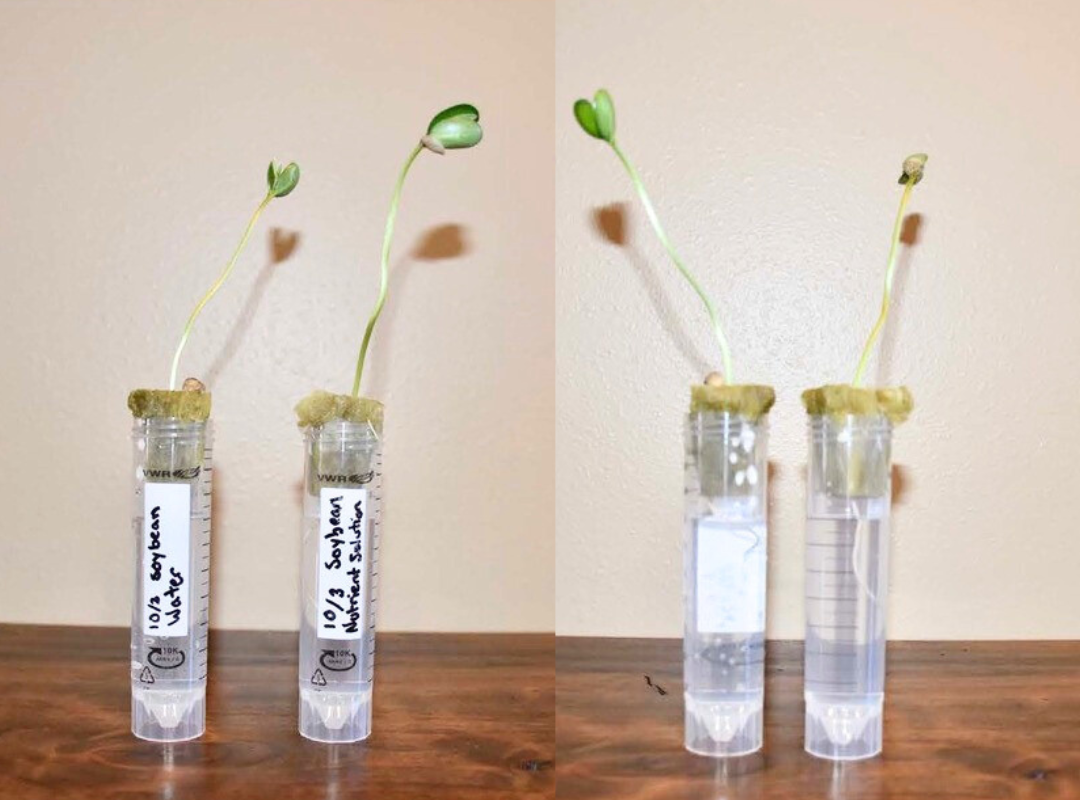
Test Tube Hydroponics (Grades 6-8)
Investigate the importance of nutrients to support plant growth and discover how plants grow without soil by growing and observing plants in a test tube hydroponic system.

Investigate the importance of nutrients to support plant growth and discover how plants grow without soil by growing and observing plants in a test tube hydroponic system.
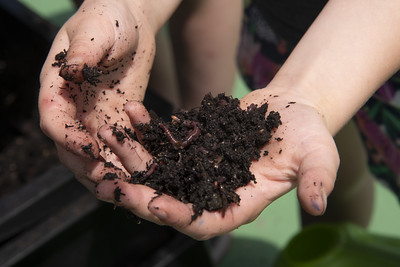
Students create a worm bin which will serve as a basis for investigations about ecosystems, life and nutrient cycles, and decomposition.

Students investigate soil texture and determine the texture of several soil samples.
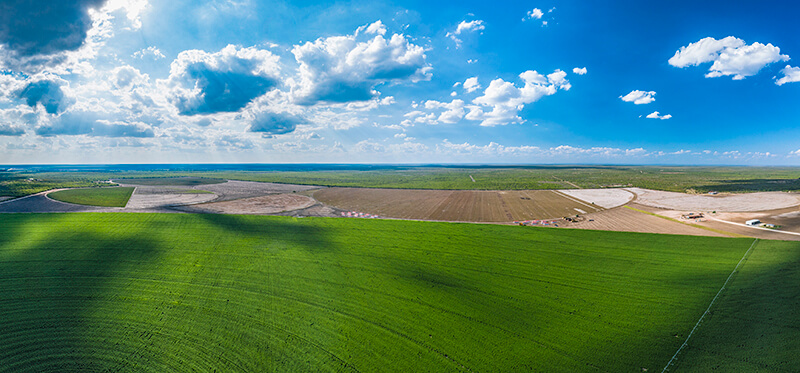
Students discover that there are many different types of farms that grow and raise a variety of products we use daily. Students investigate what farmers do.

Students observe the anatomical structures of flowers and explain a flower's role in plant growth and reproduction as well as their connection to our food supply.
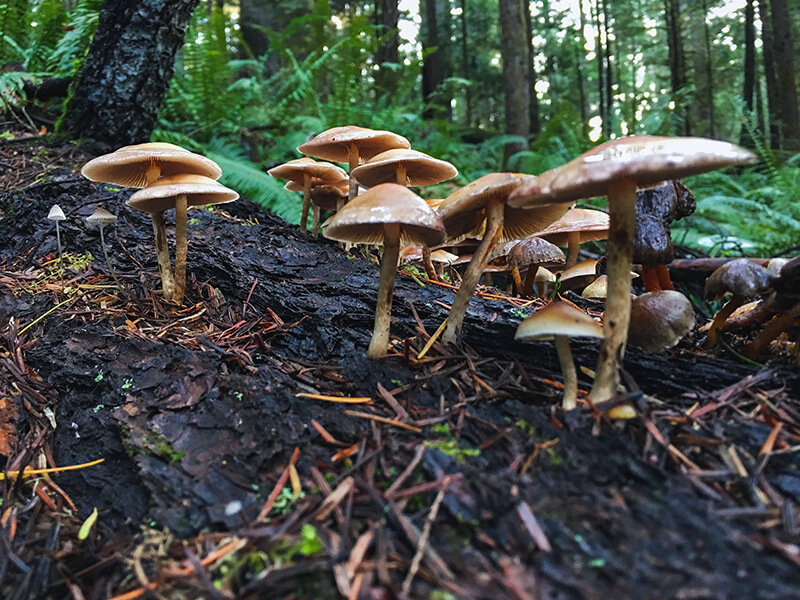
Students compare the differences between natural and managed ecosystems and describe ways in which farmers can protect agricultural ecosystems.
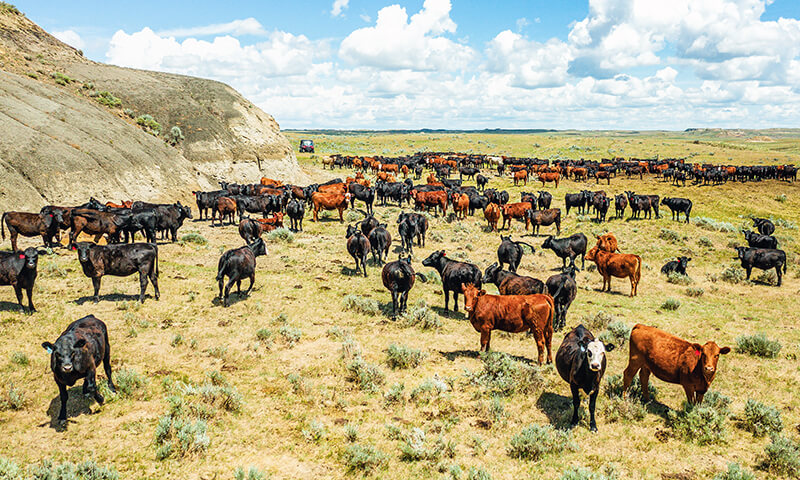
Students explain the value of the beef cattle industry, including the products cattle produce, the production process from farm to plate, and how cattle can utilize and obtain energy from grass and other forage.
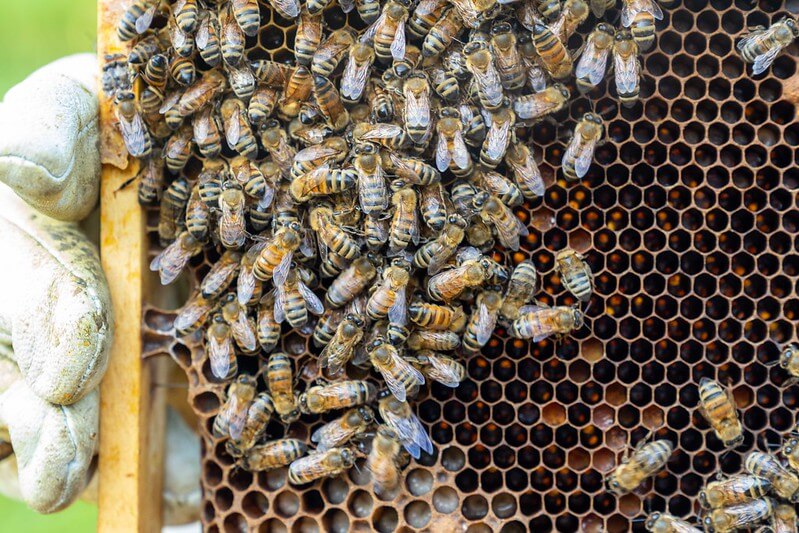
Students investigate the three types of honey bees in a colony, identify their roles, and recognize honey bees as part of a community that works together.

Students identify the characteristics of the four seasons of the year, investigate what causes seasons, and observe the effects changing seasons have on farms.
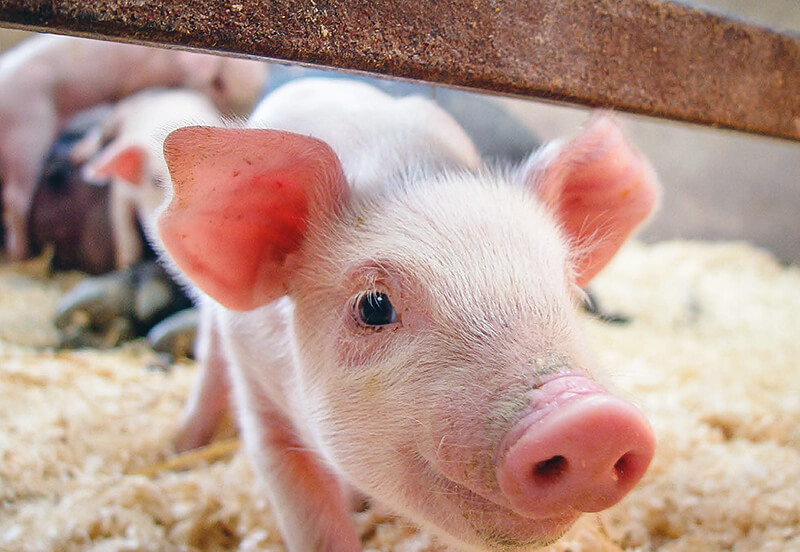
Students investigate six major livestock species, discover that animals need air, space, food, water, and shelter to survive, explore the life cycle of a farm animal, and identify the products each farm animal produces.
Students determine that agriculture provides nearly all of the products we rely on in any given day by participating in a relay where they match an everyday item with its "source."
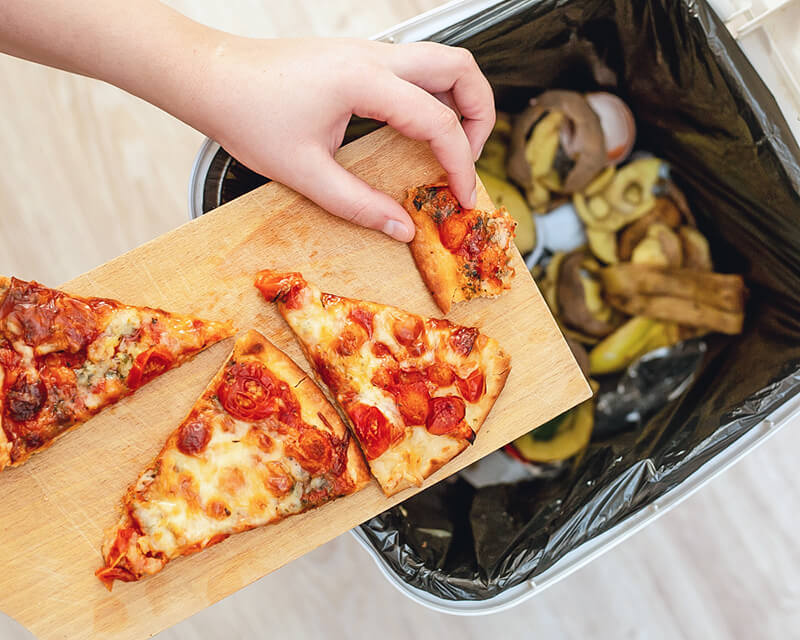
Students will explore strategies that can decrease food waste at home and school, design solutions for schoolwide food waste reduction efforts, and participate in food waste challenges that encourage sustainable shopping, correct food storage practices, and meal planning.